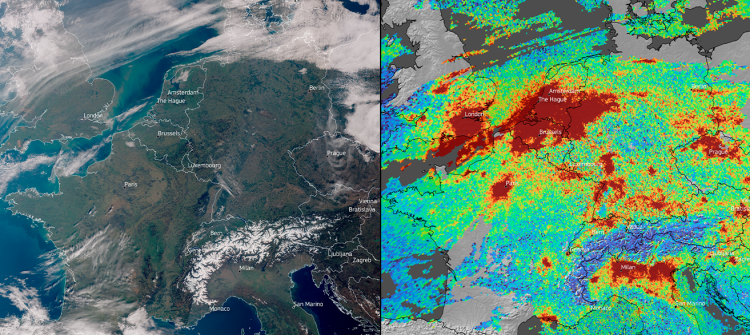Climate Services
Implementing fuel-efficient flight paths, monitoring CO2 emissions and providing long-term forecasting are just a few examples of how the EU Space Programme helps mitigate the risks of climate change. Specifically, researchers use Copernicus’ historic datasets to monitor changes in sea levels, permafrost and the icecaps and to build better forecasting models. Climate scientists also use GNSS to measure vegetation and soil moisture, which further support climate modelling.









